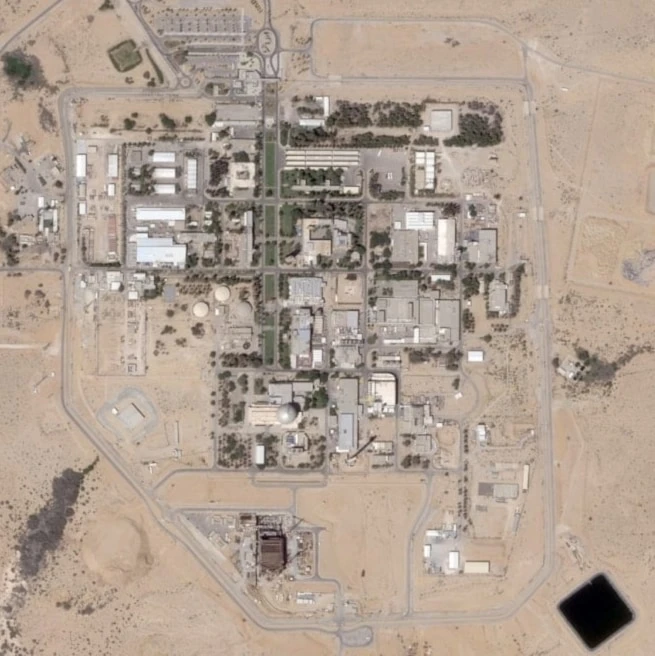Astronomers witness birth of rocky planet around baby sun-like star
Using advanced space telescopes, scientists have observed minerals forming around a young star, shedding light on the origins of planetary systems.
-

This image provided by the European Southern Observatory on Tuesday, July 15, 2025, shows HOPS-315, a baby star where astronomers have observed evidence for the earliest stages of planet formation. (ALMA(ESO/NAOJ/NRAO)/M. McClure et al. via AP)
In a remarkable cosmic discovery, astronomers have captured the earliest known stage of rocky planet formation around a distant newborn star, shedding new light on how Earth-like planets come into being.
Described by scientists as a look at “time zero", this rare observation provides the first direct evidence of the conditions that lead to the birth of rocky planets. “We’ve captured a direct glimpse of the hot region where rocky planets like Earth are born around young protostars,” said Melissa McClure of the Leiden Observatory in the Netherlands, who led the international team. “For the first time, we can conclusively say that the first steps of planet formation are happening right now.”
Published in Nature, the findings mark a major milestone in planetary science, offering insight into a process that has long been theorized but never directly observed at this stage. “This is one of the things we’ve been waiting for,” said Fred Ciesla, a planetary scientist at the University of Chicago. “There’s a rich opportunity here.”
Discovery made with the James Webb, ALMA telescopes
The breakthrough was achieved through a collaboration between NASA’s James Webb Space Telescope (JWST) and the Atacama Large Millimeter/submillimeter Array (ALMA) in Chile. Together, the telescopes studied Hops-315, a young star located roughly 1,370 light-years away. The star, a yellow dwarf in the making and similar to our sun, is estimated to be just 100,000 to 200,000 years old.
Thanks to a favorable tilt and a natural gap in the surrounding gas disk, researchers were able to peer into the star’s inner region, where the raw materials for rocky planets were forming. There, they detected silicon monoxide gas and crystalline silicates, the same minerals that served as the foundation for the rocky bodies in our solar system more than 4.5 billion years ago.
Clues to how solar systems like ours begin
Such mineral signatures had never been observed around other young stars. McClure noted that scientists have long questioned whether these materials were unique to our solar system or part of a more universal process. “Our study shows that it could be a common process during the earliest stage of planet formation,” she said in an email.
Prior research has focused either on gas disks too young to form solids or on mature systems already displaying planetary development. This marks the first time scientists have seen the actual mineral condensation phase, the critical step when dust grains begin to clump and eventually form planets.
A striking ALMA image shows Hops-315 faintly glowing against the backdrop of space, offering a visual representation of what our own solar system may have looked like in its infancy.
Could another Earth be forming?
While it remains too early to determine how many planets may emerge around Hops-315, McClure emphasized that the star’s massive gas disk resembles what scientists believe surrounded the early sun. “It could also wind up with eight planets a million or more years from now,” she said.
Merel van ’t Hoff of Purdue University, another co-author of the study, highlighted the broader implications of the discovery. By studying more systems at this stage, astronomers hope to understand how common Earth-like planets might be. “Are there Earth-like planets out there, or are we so special that we might not expect it to occur very often?” she asked.
As more observations roll in from telescopes like JWST and ALMA, scientists may finally answer one of the most profound questions in astronomy: how did planets like Earth come to exist — and how likely is it that others like it are forming elsewhere in the universe?

 4 Min Read
4 Min Read









